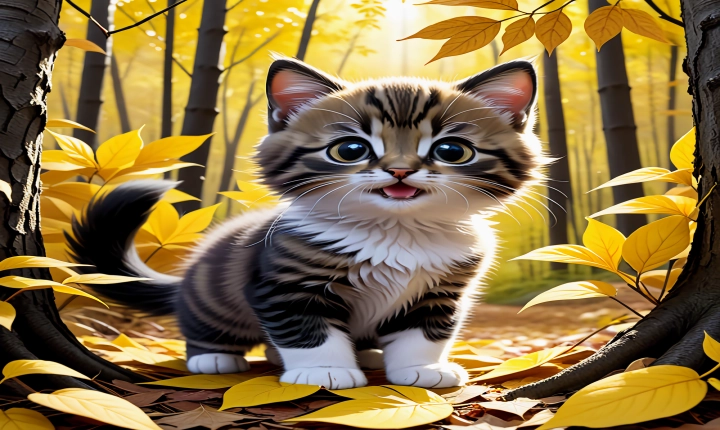Title: The Future of Art Sales: Can I Sell AI-Generated Art from Midjourney?
Art has always been a reflection of human creativity and expression, but with advances in artificial intelligence (AI), a new chapter in art creation and sales has emerged. One of the pioneers in this frontier is Midjourney, a leading platform for AI-generated art. This has sparked a debate about the legitimacy and commercialization of AI-generated artwork, leaving many to wonder: Can I sell AI-generated art from Midjourney?
Midjourney has been at the forefront of AI-generated art, leveraging algorithms and machine learning to produce visually stunning and unique pieces. The platform allows users to generate art through a process that combines human creativity with the capabilities of AI. This has led to the creation of highly intricate and visually mesmerizing artwork that blurs the line between human and AI creativity.
As this new form of art gains popularity, the question of selling AI-generated art from Midjourney becomes increasingly relevant. The answer lies at the intersection of technology, intellectual property, and artistic interpretation.
One of the key considerations in selling AI-generated art from Midjourney is the concept of authorship and ownership. Traditional art is often associated with the artist’s unique vision and creativity. However, in the context of AI-generated art, the lines become blurred. While the AI algorithm may generate the artwork, the input, guidance, and curation from the human user also play a significant role in the final product.
From a legal standpoint, ownership of AI-generated art is a complex issue that has yet to be fully defined within existing intellectual property laws. Questions arise regarding who holds the rights to the artwork and how ownership should be attributed. This presents a challenge for those looking to sell AI-generated art from Midjourney, as it may require a reimagining of traditional copyright and ownership frameworks.
Furthermore, the commercialization of AI-generated art brings to light ethical considerations surrounding the commodification of creativity and the value of human labor. Can AI-generated art truly capture the essence of artistic expression, and should it be treated as a commodity? These questions prompt a broader discussion on the intersection of technology, creativity, and commercialization, raising important ethical and philosophical considerations.
Despite these legal and ethical complexities, the sale of AI-generated art from Midjourney also presents exciting opportunities. The platform has empowered individuals to explore new modes of artistic expression, tapping into the potential of technology to redefine the boundaries of creativity. This has opened doors for artists, collectors, and enthusiasts to engage with AI-generated art in innovative ways, expanding the reach and impact of artistic expression.
As we navigate the evolving landscape of AI-generated art, it is essential to consider the implications of its commercialization and the broader implications for the art world. While the question of selling AI-generated art from Midjourney may not have a clear-cut answer at this point, it is undeniable that this new form of art has sparked a compelling dialogue about the future of creativity, technology, and commerce.
In conclusion, the sale of AI-generated art from Midjourney raises complex and thought-provoking questions about authorship, ownership, and ethical considerations. As technology continues to push the boundaries of artistic expression, the art world must grapple with the implications of AI-generated art on traditional frameworks. Ultimately, the future of art sales is poised to be transformed by the integration of AI, challenging us to rethink the definition and value of creativity in the digital age.
